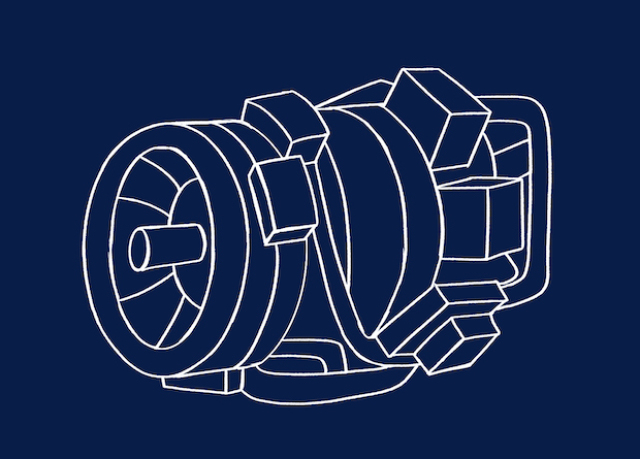The American company Wright Electric has started testing an electric motor with a capacity of two megawatts, which will be included in the propulsion system of the promising passenger airliner Wright 1. The aircraft will receive ten such engines, which will provide it with a power of 20 megawatts-like Airbus A320 aircraft.
The startup Wright Electric and the British airline easyJet engaged in the development of a short-haul electric aircraft in 2017. They want the liner to carry up to 186 passengers over a distance of up to 540 kilometers.
Wright Electric is engaged in the development of the propulsion system for a promising liner. Initially, it was assumed that the power of its engines would be 1.5 megawatts. An inverter with a direct to alternating current of three kilovolts should be responsible for its power supply. Bench tests of the Wright 1 propulsion system will begin this year, and flight tests - in 2023 . The developers plan to complete the creation of the liner and start delivering the first aircraft to customers in 2030.
On September 7, Wright Electric announced the start of testing of an electric motor with a capacity of two megawatts. This motor can be scaled, if necessary, to versions with a capacity from 500 kilowatts to four megawatts.
For Wright 1, the startup plans to use ten two-megawatt electric motors. This will provide the electric aircraft with a power like that of the Airbus A320-20 megawatts. The next step is to integrate the electric motor with the inverter and continue testing it, including in a thermal shock chamber.
Other companies are also engaged in the development of passenger electric aircraft. For example, the Israeli startup Eviation Aircraft is creating a regional nine-seat electric aircraft Alice, which we wrote about earlier.
Vasilisa Chernyavtseva

